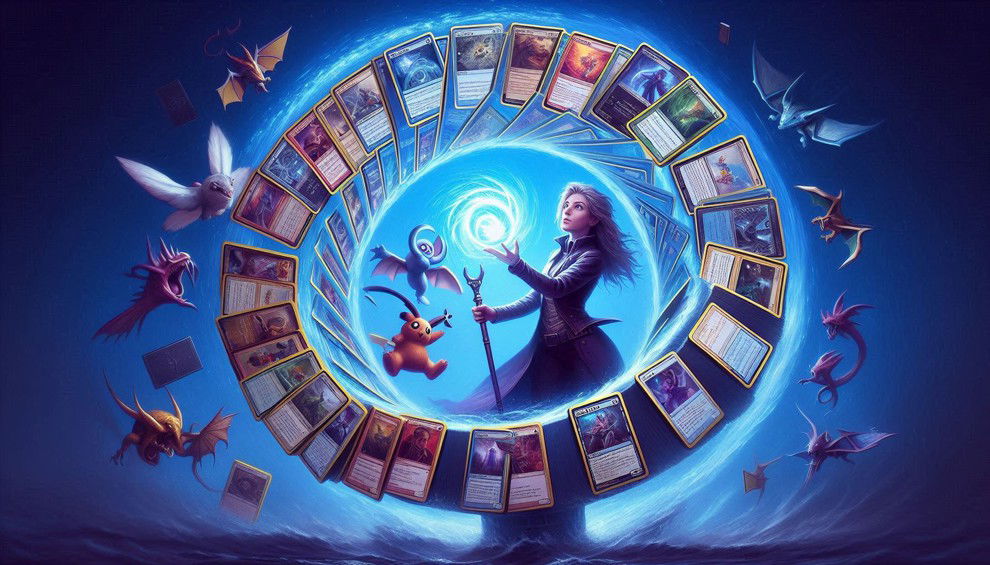1) What “Highest Paid” Really Means
When players say a pokie “pays the most,” they usually mix three ideas: Return to Player (RTP) over the long run, hit frequency (how often you see any win), and jackpot potential, especially on progressives.
RTP tells you the average percentage paid back across millions of spins.
Hit frequency controls how “busy” the game feels. Progressives skew payouts into rarer, larger wins.
The highest-paid pokies, in practice, balance solid RTP with either frequent smaller hits or credible jackpot ladders—whichever fits your risk tolerance.
2) RTP 101: How to Read It Without the Hype
RTP is your best apples-to-apples measure. Some titles publish it on the help screen or paytable;
others vary by jurisdiction or casino configuration. State rules are not uniform, and venues can choose from approved settings, so two machines with the same name may pay differently.
For context on how Australian gambling spend and returns trend nationally, see the official Australian Gambling Statistics from the Queensland Government Statistician’s Office (long-run data across gambling products).
That report is a sober counterweight to marketing claims.
Quick rule of thumb: If two versions of a game exist and one advertises a higher RTP, that’s the one to prefer—assuming volatility suits you and the jackpot structure isn’t an outlier.
3) Where High Payouts Tend to Live (2025 Snapshot)
While exact paybacks vary by state and venue, several design patterns consistently show up in stronger performers:
Core “link” progressives with broad networks (think the lightning/dragon-style families) that fill meters quickly.
Bigger networks usually mean healthier top prizes, though base-game RTP may be slightly lower to fund the jackpots.
Non-progressive high-RTP sets—often classic 3×5 reels with straightforward features—favored by value hunters who care more about steady return than headline jackpots.
Modern “feature buy” or bonus-rich games configured at the higher RTP option where available.
Denominations that fit the math. Some titles publish different RTP by denom;
a 2-cent version can pay differently than a 1-cent version of the same game.
Myth check: A “cold” machine is not due, and a “hot” one has no memory.
Regulators and harm-minimisation campaigns make this explicit; for example, NSW’s public education materials show long odds for common prize levels and explain why recent results don’t change future outcomes.
4) How to Spot Higher-Paying Configurations on the Floor
Because two cabinets can wear the same art but pay differently, use a mini-audit before you settle in:
- Open the info/help pages. Look for RTP or “theoretical return” language and confirm denomination-specific info.
- Scan the progressive meters. Healthy, climbing meters (especially on busy nights) suggest wider participation—useful if you’re chasing jackpot EV.
- Check volatility icons. Many modern games mark volatility (e.g., “low/medium/high”). High volatility ≠ higher RTP; it changes distribution, not average.
- Match your bankroll to the math. If your session budget is modest, a mid-volatility, mid-denomination version often preserves time on device better than a max-volatility progressive.
5) Online Lists vs. On-the-Ground Reality
Roundups and databases are helpful for short-listing titles, but always verify what’s inside your venue.
Independent round-ups such as the guide to Australian pokies from GamblingNerd.com can orient new players to RTP, volatility, and bonus structures;
then confirm the exact version and settings on the cabinet you’re actually playing.
6) “Highest Paid” by Player Type (Choose Your Lane)
Not every player defines “best paying” the same way. Pick a lane that matches your goals:
- The RTP Purist You’ll prefer stable, non-progressive titles with published theoretical returns at the higher setting.
Expect smoother session curves and fewer droughts.
- The Feature Hunter You want frequent bonuses and visuals.
Look for mid-volatility games with multiple feature triggers and clear paytables;
aim for versions that publish RTP and list hit frequency ranges.
- The Jackpot Chaser You’re trading base-game smoothness for shot-taking. Choose wide-area progressives with strong meter growth.
Know that your “payback” lives in the top heavy tail—be comfortable with long, quiet stretches.
7) Bankroll Rules That Keep Wins in Your Pocket
Even the highest-paid games can drain a session if your structure is off. Three simple practices help:
- Session caps and step-downs. Set a stop-loss and a pocket-the-profit rule; reduce denomination after extended bonus droughts.
- Pace your spins. Slower play stretches variance and helps you evaluate whether a machine’s feature cycle aligns with your risk tolerance.
- Avoid magical thinking. Past results don’t predict future outcomes. (Again, the NSW GambleAware explainer provides illustrative odds for common prize levels.) (gambleaware.nsw.gov.au
)
8) Final Picks: What to Ask Before You Sit
Before you press “spin,” ask:
- Does this title (and denom) list a higher RTP than adjacent options?
- Is the progressive network wide enough to justify the volatility trade-off?
- Do the features match my budget and session length?
- Have I read credible, long-run data recently? A national snapshot like the Australian Gambling Statistics is a good baseline before chasing anecdotes. (qgso.qld.gov.au
)
“Highest paid” pokies aren’t a single list carved in stone;
they’re a moving target shaped by RTP settings, volatility, progressive design, and venue choices.
Use data resources, check the cabinet’s own info pages, and pick the math that suits your bankroll.
If you combine those habits with disciplined session rules, you give yourself the best chance to let the numbers work for you—spin by spin, season after season.
Responsible play matters. If gambling stops being fun, take a break or seek help in your state.









— Comentarios 0
, Reacciones 1
Se el primero en comentar